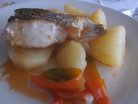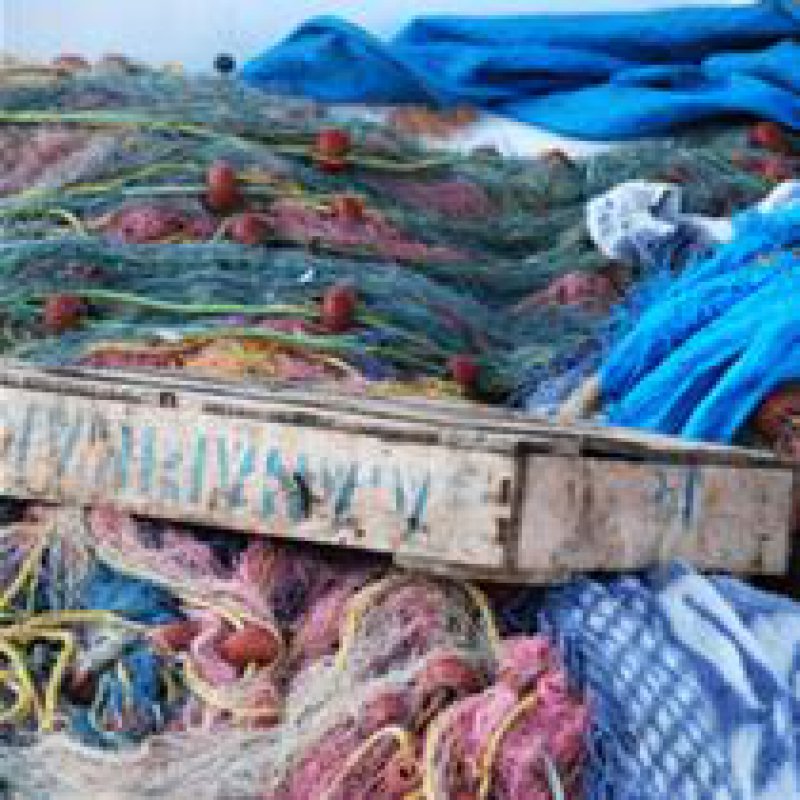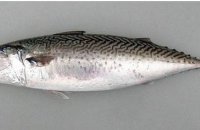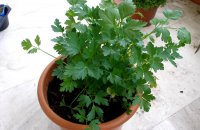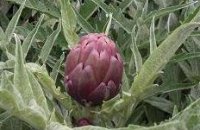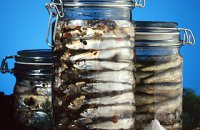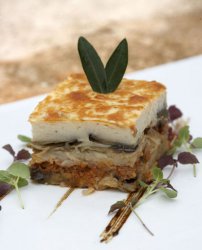September signals a change of season. The etesia (Mediterranean, northerly, summer winds) come to an end, and the first rain appears on the sea's surface. The water temperature changes, and the fish are 'alerted' that winter is coming. They take measures, either by looking for suitable waters to lay their eggs, or by migrating to a friendlier environment. Thus, the winter fish are different from the summer ones, and some fish even “alter” their physiology, by producing fat in order to bare the cold winter waters.
Fish can continue to be rich and flavoursome, as long as they are seasonal; this assures us of their freshness. In mid September the Aegean tuna fishing season begins, and just before, in the beginning of the month, our seas are overwhelmed by mullets. The female mullet’s eggs produce avgotaracho (botargo) in the waters of the Mesologgi lagoon and a number of other places. Codfish are also numerous in the Northern Aegean and the Thracian Sea, as are sardines.
Enjoying the proper seasonal fish on our dinner table is a means of protection for those of us who live far from fishing sources. Another way to protect ourselves is to learn to distinguish fresh fish on our own. The fresh fish stands out for the elasticity of the flesh on its sides; pressing the side of the fish with our finger should make the skin sink. If the dent remains, it means that the flesh is beginning to rot. We should also check the eyes; if they seem to have lost their glow and are starting to sink and dry, then they are growing musty. Also, check the colour on the inside of the gills; a deep red indicates freshenss, while a faded red means you should not eat this fish.
Keeping all this in mind, we can continue enjoying fresh fish in September as well, and though the atmosphere may not be that of the sweet tavern by the sea, the fish can have the same aroma and flavour.


























